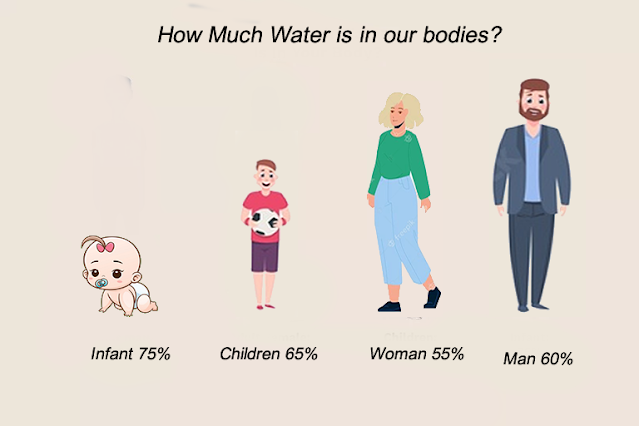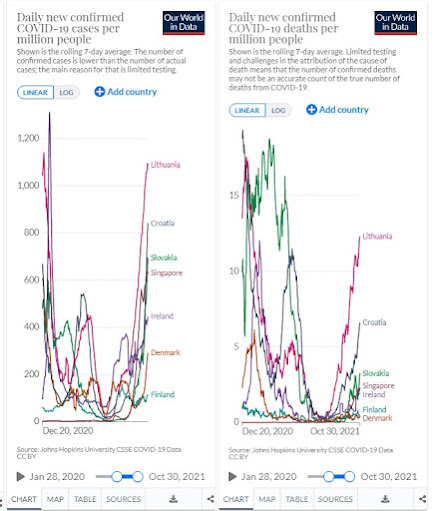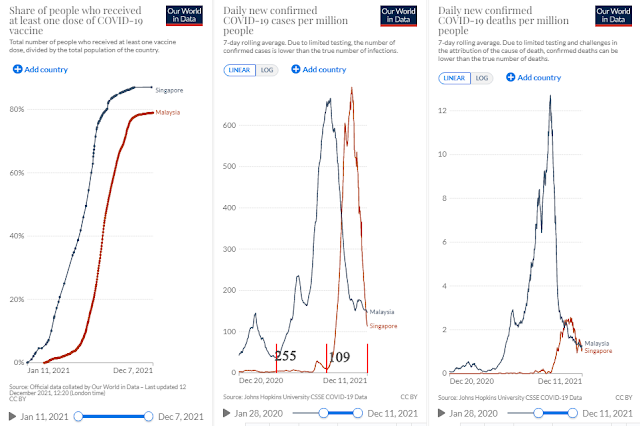The burner of the gas stove won't hold the flame all of a sudden. What can be wrong and how to go about repairing it?
What happened?
One of the 3 burners in our Ariston gas stove refused to hold its flame when we changed to a new tank of gas. This happened suddenly. What can be wrong?
What's Wrong
This sort of problem will happen because there is an inbuilt safety feature to turn off the gas to the burner automatically. This safety feature is supposed to work only when the flame at the burner went out suddenly while the gas is still flowing. However, when there is something wrong with the feature, the flame at the burner will not hold its flame as you have just seen.
To understand the problem better, let examine this simplified diagram showing only the burner and its control mechanism.
The heart of the control system is the solenoid valve. During proper operation and when there is a gas flame at the burner, the thermocouple will generate a small electric current to power the solenoid. This will cause the solenoid to hold on to the plunger, allowing gas to flow through the valve.
To understand the problem better, let examine the above-simplified diagram. The diagram shows an electric thermocouple is connected electrically to the solenoid valve which is the heart of the control mechanism. This thermocouple is always installed near the burner so that when there is a flame, the flame will heat up the thermocouple and generate a small electric current to power the solenoid. Inside the solenoid valve is a spring-loaded plunger. At the end of the plunger, there is a rubber seal. At the other end, there is a small magnet attached to the plunger.
When the burner is not in use, the rubber seal will close the valve, stopping the flow of gas even if the shut-off valve is opened
During normal operation, if someone pressed the control knob as shown, a gust of gas will flow into the solenoid chamber, This will push open the plunger towards the solenoid. If at this moment, the burner is lited up, the flame will heat up the thermocouple. This will generate a small electric current to power the solenoid. This powering of the solenoid will hold the plunger in an open position through the magnet., This action will allow the gas to continue flowing through the control valve.
During this operation, if the flame goes off for some reason, or the burner was not lited up, the thermocouple will stop generating electric current. The plunger will then return back to its original position and close the control valve
How to Repair?
There could be a few troubleshooting steps to carry out in order to repair the problem. The troubleshooting should always start from the source, i.e. the thermocouple.
The troubleshooting will need some skills. This video will be able to help.



























